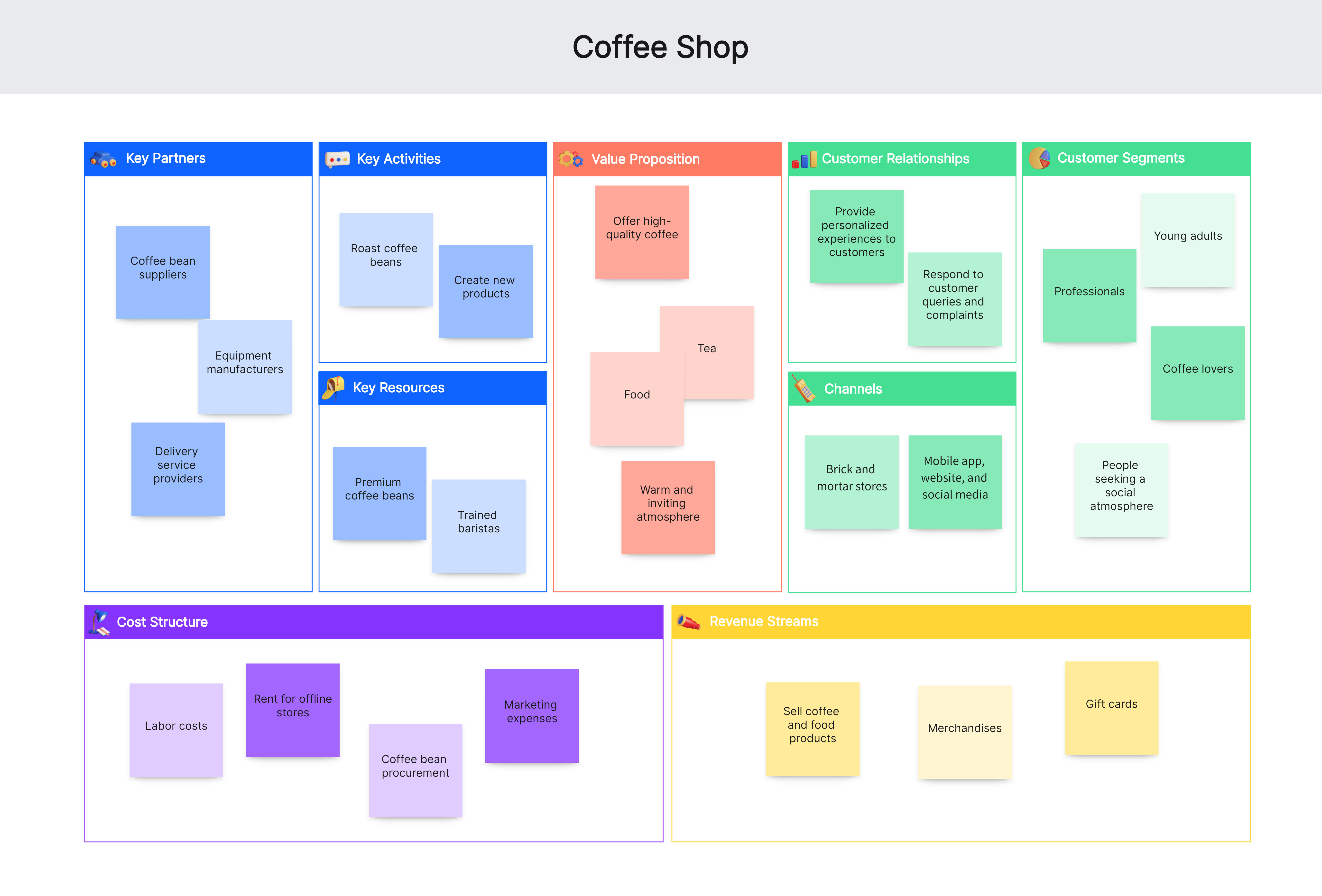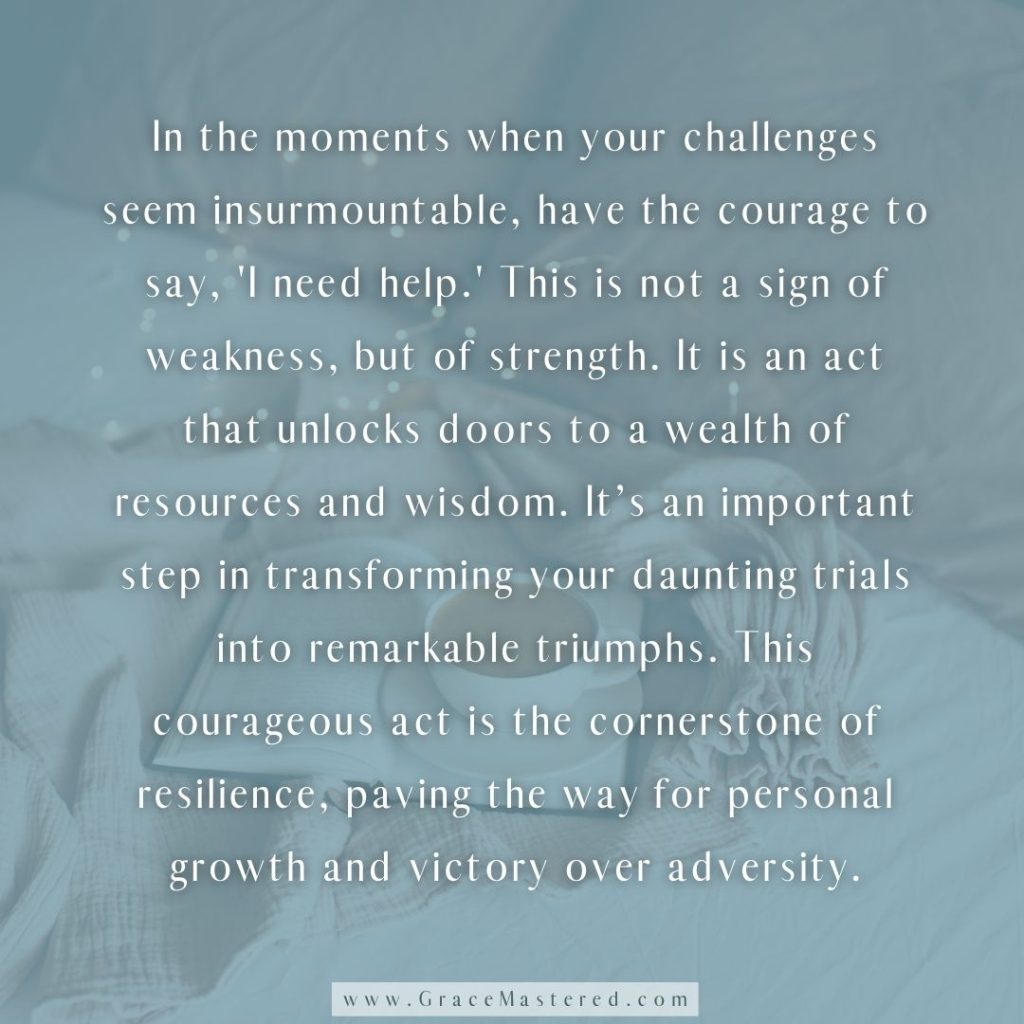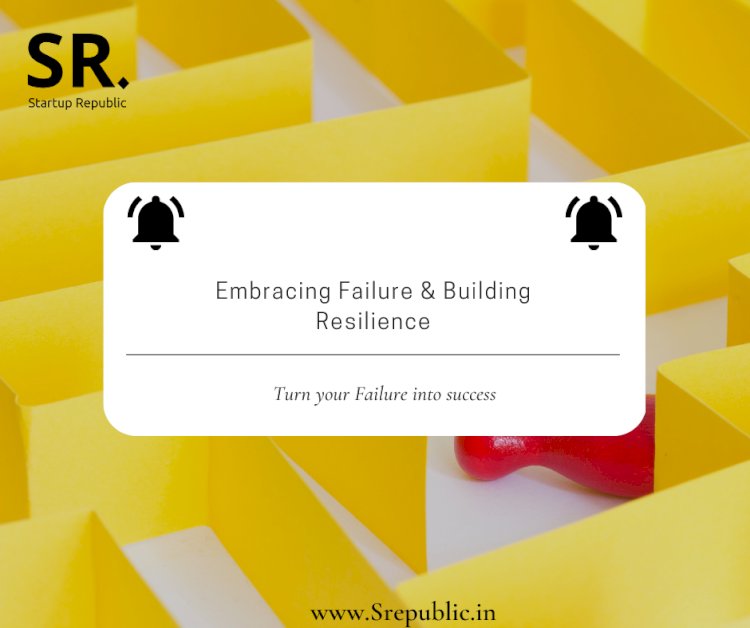
The Business Model Canvas Explained: Your Practical Guide to Building a Winning Business Strategy
In the fast-paced world of business, a solid plan is essential. But let’s be honest: traditional business plans can be daunting, long, and often gather dust. What if there was a simpler, more visual, and incredibly effective way to map out your business idea or analyze an existing one? Enter The Business Model Canvas (BMC).
This isn’t just another buzzword; it’s a powerful strategic management tool that has revolutionized how entrepreneurs, startups, and even established companies think about their business models. If you’re a beginner looking to understand the core components of any business and how they fit together, you’ve come to the right place.
This comprehensive guide will demystify the Business Model Canvas, breaking down its nine essential building blocks and showing you how to use it practically to clarify your vision, foster innovation, and build a resilient business strategy.
What is The Business Model Canvas?
At its heart, the Business Model Canvas is a visual chart that describes, designs, challenges, invents, and pivots a business model. Developed by Swiss business theorist Alexander Osterwalder and popularized through his book "Business Model Generation," it provides a shared language for describing and managing business models.
Instead of pages of text, the BMC condenses your entire business onto a single, large sheet of paper or a digital template. It’s like a strategic blueprint, allowing you to see all the critical elements of your business – from who your customers are to how you make money – in one glance.
Why is it so popular?
- Simplicity: It breaks down complex ideas into manageable, interconnected parts.
- Visual Appeal: Seeing your business laid out visually helps in understanding relationships and identifying gaps.
- Collaboration: It’s designed to be used in teams, fostering discussion and shared understanding.
- Flexibility: Easy to change, adapt, and iterate, making it perfect for dynamic environments like startups.
- Focus: It forces you to concentrate on the most crucial aspects of your business.
The 9 Building Blocks of The Business Model Canvas Explained
The Business Model Canvas is divided into nine key sections, or "building blocks," each representing a fundamental aspect of your business. Let’s explore them one by one, moving from the customer-facing side to the internal operations and finally, the financial implications.
1. Customer Segments (CS)
- The Question It Answers: Who are we creating value for? Who are our most important customers?
- Explanation: This block defines the different groups of people or organizations an enterprise aims to reach and serve. These are the specific groups of customers you want to target. You might have one large segment or several distinct ones, each with unique needs and characteristics.
- Examples:
- For a local coffee shop: Daily commuters, students, remote workers, local residents.
- For a software company: Small businesses, large enterprises, individual freelancers.
- For an online fashion retailer: Gen Z interested in sustainable fashion, millennials looking for affordable chic, parents seeking durable kids’ clothing.
2. Value Propositions (VP)
- The Question It Answers: What value do we deliver to our customers? Which of our customers’ problems are we helping to solve? What bundles of products and services are we offering to each Customer Segment?
- Explanation: This is the core of your business model. It describes the specific products and services you offer that create value for your Customer Segments. It’s not just about what you sell, but why customers choose you over competitors. What unique benefits or solutions do you provide?
- Examples:
- For Uber: Convenience, on-demand transportation, transparent pricing.
- For Netflix: Unlimited entertainment, ad-free streaming, personalized recommendations.
- For a healthy meal kit service: Time-saving, healthy eating, portion control, diverse recipes.
3. Channels (CH)
- The Question It Answers: How do we reach our Customer Segments to deliver our Value Proposition? How do we communicate with them and distribute our offerings?
- Explanation: This block describes how a company communicates with and reaches its Customer Segments to deliver a Value Proposition. Channels can be direct (e.g., sales force, web sales) or indirect (e.g., partner stores, wholesalers). They cover awareness, evaluation, purchase, delivery, and after-sales support.
- Examples:
- Physical channels: Retail stores, pop-up shops, direct mail.
- Digital channels: Website, mobile app, social media marketing, email campaigns, online ads, app stores.
- Partnerships: Distributors, wholesalers, affiliate marketers.
4. Customer Relationships (CR)
- The Question It Answers: What type of relationship does each of our Customer Segments expect us to establish and maintain with them? How do we get, keep, and grow customers?
- Explanation: This block describes the types of relationships a company establishes with specific Customer Segments. These relationships can range from personal (e.g., dedicated account manager) to automated (e.g., self-service portals). They influence the customer experience and often drive repeat business.
- Examples:
- Personal Assistance: One-on-one interaction, dedicated customer service.
- Self-Service: Online FAQs, user manuals, automated chatbots.
- Communities: User forums, online groups, social media engagement.
- Co-creation: Involving customers in product development or content creation (e.g., YouTube creators, open-source software).
5. Revenue Streams (RS)
- The Question It Answers: What are our customers truly willing to pay for? How do we currently make money, and how could we in the future?
- Explanation: This block represents the cash a company generates from each Customer Segment. It’s about how you make money. A business model can involve one or several Revenue Streams.
- Examples:
- Asset Sale: Selling physical products (e.g., cars, groceries).
- Subscription Fees: Recurring payments for continuous service (e.g., Netflix, SaaS).
- Lending/Renting/Leasing: Temporary use of an asset (e.g., car rental, Airbnb).
- Licensing: Charging for the use of intellectual property (e.g., software licenses, music rights).
- Brokerage Fees: Commission for mediating between two parties (e.g., real estate agent).
- Advertising: Selling ad space (e.g., Google, Facebook).
6. Key Resources (KR)
- The Question It Answers: What key resources do our Value Propositions require? What resources are essential for our Channels, Customer Relationships, and Revenue Streams?
- Explanation: This block describes the most important assets required to make a business model work. These resources can be physical, intellectual, human, or financial. They are the "stuff" you need to deliver your value.
- Examples:
- Physical: Manufacturing plants, buildings, vehicles, point-of-sale systems, inventory.
- Intellectual: Patents, copyrights, brands, proprietary knowledge, databases.
- Human: Skilled employees, specialized expertise, management team.
- Financial: Cash, lines of credit, access to investors.
7. Key Activities (KA)
- The Question It Answers: What key activities do our Value Propositions require? What are the most important things we need to do to operate our business?
- Explanation: This block describes the most important things a company must do to operate successfully. These are the core actions required to deliver your Value Proposition, reach your customers, maintain relationships, and generate revenue.
- Examples:
- Production: Manufacturing products, designing software.
- Problem Solving: Consulting, healthcare, customer support.
- Platform/Network: Managing a platform, facilitating transactions (e.g., eBay, Visa).
- Marketing & Sales: Promoting products, closing deals.
- Research & Development: Innovating new products or services.
8. Key Partnerships (KP)
- The Question It Answers: Who are our key partners and suppliers? Who can help us leverage our business model?
- Explanation: This block describes the network of suppliers and partners that make the business model work. Businesses often forge partnerships to optimize their business models, reduce risk, or acquire resources and activities.
- Examples:
- Strategic Alliances: Non-competitors cooperating.
- Co-opetition: Strategic partnerships between competitors (e.g., airlines sharing routes).
- Joint Ventures: Developing new businesses together.
- Buyer-Supplier Relationships: Relying on specific suppliers for materials or services.
- Outsourcing: Relying on external parties for non-core activities (e.g., IT support, manufacturing).
9. Cost Structure (CS)
- The Question It Answers: What are the most important costs inherent in our business model? What are the most expensive Key Resources and Key Activities?
- Explanation: This block describes all costs incurred to operate a business model. Once you understand your Key Resources, Key Activities, and Key Partnerships, you can easily define the costs associated with them.
- Examples:
- Fixed Costs: Costs that remain the same regardless of volume (e.g., rent, salaries, machinery depreciation).
- Variable Costs: Costs that change proportionally with the volume of goods or services produced (e.g., raw materials, production costs, shipping).
- Economies of Scale: Cost advantages as output expands.
- Economies of Scope: Cost advantages due to a larger scope of operations.
How to Use The Business Model Canvas: A Practical Step-by-Step Guide
The beauty of the Business Model Canvas lies in its practical application. Here’s how you can use it, whether you’re starting a new venture or analyzing an existing one:
Step 1: Gather Your Materials
- A Large Surface: A whiteboard, a large sheet of paper, or a digital canvas template.
- Sticky Notes (Post-its): Different colors are helpful for different ideas or for indicating assumptions vs. facts.
- Markers: For writing clearly on the sticky notes.
- Your Team (Optional, but Recommended): Collaboration makes the process richer.
Step 2: Start with the Customer and Value
While there’s no single "right" way to fill out the BMC, a common and effective approach is to start from the right side (customer-facing) and move left (internal operations), then finally the financial aspects.
- Value Propositions (VP): What problem are you solving? What unique benefits do you offer? Write each value proposition on a separate sticky note.
- Customer Segments (CS): Who are these value propositions for? Be specific. Create a sticky note for each distinct customer segment.
- Customer Relationships (CR): How will you interact with each customer segment? How will you acquire, keep, and grow them?
- Channels (CH): How will you deliver your value propositions to your customer segments? How will they find out about you, buy from you, and receive your product/service?
- Revenue Streams (RS): How will you make money from each customer segment and value proposition? What are they willing to pay for?
Step 3: Define Your Operations
- Key Resources (KR): What essential assets do you need to make all the above happen? (e.g., technology, specific skills, funding, physical assets).
- Key Activities (KA): What are the most important things your business must do to deliver its value? (e.g., manufacturing, marketing, software development).
- Key Partnerships (KP): Who can help you? Are there suppliers, strategic alliances, or non-competitive partners you need to work with?
Step 4: Calculate the Costs
- Cost Structure (CS): Now that you’ve identified your Key Resources, Key Activities, and Key Partnerships, what are the most significant costs associated with them? List them out.
Step 5: Review, Iterate, and Refine
- Look for Connections: Draw lines (mentally or literally) between related blocks. Does your Value Proposition clearly align with your Customer Segments? Are your Channels efficient for reaching them?
- Identify Gaps and Weaknesses: Are there any blocks that are empty or vague? Do you have a Key Activity that doesn’t seem to support a Value Proposition?
- Challenge Assumptions: Every sticky note is an assumption until validated. How can you test these assumptions in the real world?
- Iterate: The BMC is not a static document. It’s a living tool. As you learn more about your customers and market, come back and revise it. Don’t be afraid to pull off sticky notes and replace them!
- Create Multiple Canvases: For different customer segments, product lines, or even potential future scenarios.
Benefits of Using The Business Model Canvas
Embracing the Business Model Canvas offers a multitude of advantages for anyone involved in business strategy:
- Clarity and Focus: Distills complex business ideas into a concise, easy-to-understand format.
- Enhanced Communication: Provides a shared language and visual tool for team members, investors, and stakeholders to discuss and understand the business model.
- Faster Innovation: Encourages rapid prototyping and testing of new business ideas without the need for extensive, time-consuming documentation.
- Identifies Gaps and Opportunities: Helps spot missing components, potential weaknesses, or untapped opportunities in the business model.
- Strategic Alignment: Ensures all parts of the business are working together towards a common goal.
- Reduces Risk: By visualizing the entire model, you can identify potential points of failure or areas of high risk early on.
- Agility and Adaptability: Its flexible nature makes it ideal for adapting to market changes and pivoting strategies quickly.
Who Can Benefit from The Business Model Canvas?
The Business Model Canvas is a versatile tool applicable to a wide range of individuals and organizations:
- Startups and Entrepreneurs: Ideal for quickly validating and iterating on new business ideas.
- Established Businesses: Perfect for analyzing existing business models, identifying areas for improvement, or exploring new revenue streams.
- Innovators and Product Managers: Helps in developing and launching new products or services within an existing company.
- Consultants and Advisors: A powerful framework for understanding client businesses and guiding strategic discussions.
- Students and Academics: An excellent tool for learning about business fundamentals and analyzing case studies.
- Non-Profits and Social Enterprises: Can be adapted to understand how value is created and delivered in non-profit contexts.
Conclusion: Your Business Blueprint for Success
The Business Model Canvas is more than just a template; it’s a dynamic strategic thinking tool that empowers you to visualize, understand, and articulate your business model with unprecedented clarity. It strips away the unnecessary complexity of traditional business plans and puts the core elements of value creation, delivery, and capture front and center.
By dedicating time to thoughtfully fill out your BMC, you’ll gain invaluable insights into your customers, your offerings, your operations, and your financial viability. It’s a living document that should evolve as your business learns and grows.
So, grab some sticky notes, gather your team, and start sketching your business future. The Business Model Canvas is your practical guide to building a winning, adaptable, and truly successful business strategy.



Post Comment